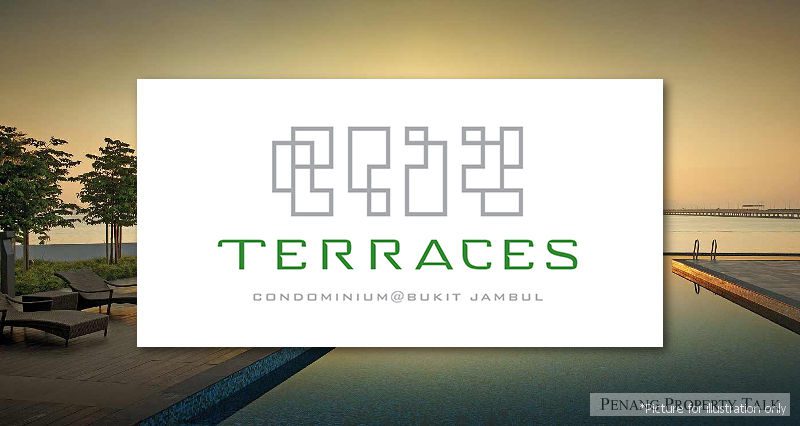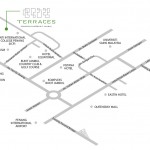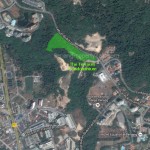WITH the coming implementation of Goods & Service Tax (GST) in April 2015, many Malaysians are concerned with what this bodes for prices in general. It is inevitable that home prices will also be affected. In this article, we explain how home and property prices will be affected moving forward.

To properly appreciate how GST will affect home prices, it is necessary to first understand how GST works. (Click here for a detailed but simple-to-understand explanation of how GST in Malaysia works).
Aside from GST, one must also have an understanding of the Sales Tax, which is the existing tax scheme affecting the property sector. GST will supplant the Sales Tax come April 2015.
Tax Scheme on Residential Property – The Similarities
In comparing both tax schemes, we have to first identify their similarities.
One similarity between GST and the existing Sales Tax scheme is that no taxes are charged or will be charged to the consumer on the purchase of a home / residential property. For GST, residential properties fall under the “Exempt Rated” basket of goods.(But do take note that GST will be charged to the consumer for commercial property purchases as commercial properties are “Standard Rated”).
However, during the creation of the final product (also known as the input stage in tax parlance), under both tax schemes, developers would incur taxes during procurement of their inputs and materials. And this is where the differences start to become apparent between both tax schemes. The tax rate for inputs and materials vary between GST and Sales Tax.
Sales Tax VS GST for Residential Properties – The Differences
Based on the Sales Tax Act of 1972, basic building materials such as bricks, cement and floor tiles fall inside First Schedule Goods, in which all the goods in this category will not be subjected to sales tax. Meanwhile, other building materials fall inside Second Schedule Goods, in which all the goods in this category will only be charged sales tax of 5%.
Under the new GST implementation, all building materials and services (E.g. Contractors, engineers) will be subject to GST with a standard rate of 6%. This will invariably raise the production cost for developers.
If you understand how GST works, you will notice that in most cases, the additional tax cost is simply passed on to the final consumer (Standard-Rated goods), or is claimed back from the government (Zero-Rated goods). But in this case (Exempt-Rated), the additional tax cost is borne by the party before the final consumer – The developer.
The developer does not have a next “victim” in the supply chain.
This seems like good news for home buyers as they do not have to pay GST when purchasing a home. However, one should not be too happy about this. It is no stretch of the imagination to think that developers would try to build in the additional tax costs into the final sale price implicitly.
Before & After GST – A Comparison
The tables below show a comparison between the cost of a new property before and after GST. Certain taxes and costs leading up to the sale to the final consumer have been simplified for this purpose.
Also, an assumption is made that developers are able to transfer 100% of all incurred tax costs over to the consumer via the sale price.
The example above shows a price increase of 3.41% for new residential properties post-GST implementation. But there is a plus point to this.
Overall, new residential properties may register a lower overall increase in tax burden compared to Commercial Properties that are Standard-Rated. This is because there still is the chance that developers may only transfer some and not all of their tax cost increases into the final retail price.
The downside to this is that where pricing for new commercial properties will be cleaner (Sales Price + GST), pricing for new residential homes would look inflated. This, in turn, will undoubtedly have a knock on effect on prices in the secondary house market.
Conclusion
As a home buyer, it pays to know what the implementation of GST might bode for home prices moving forward. If you skipped the entire article, here are all the key insights in a nutshell:
1) With GST, there should be a once-off increase in property prices across the board
2) While developers may not bill home buyers for GST, they could transfer the costs implicitly via the sale price
3) The overall price increase for new residential properties could be marginally lower than that for new commercial properties
4) The secondary home market should see a knock on effect in prices
Armed with this knowledge, you can make a better decision on when to purchase your home.
Source: StarProperty.my


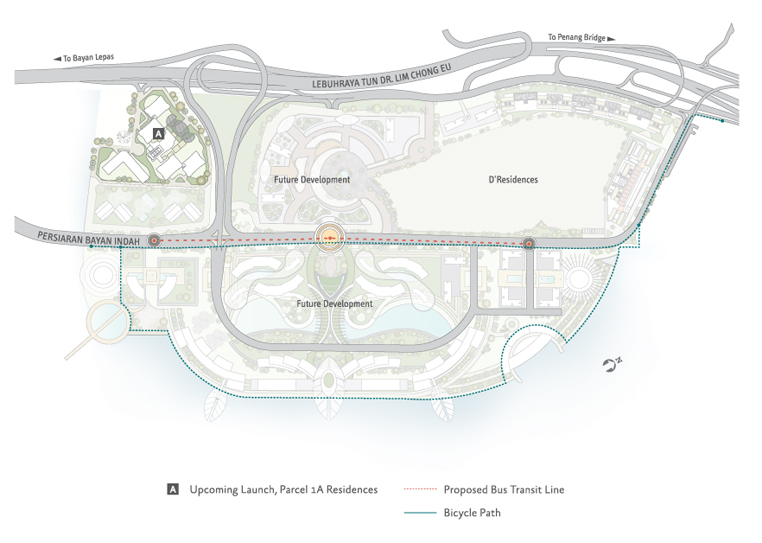

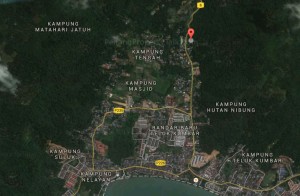
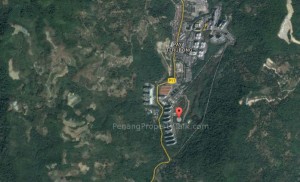
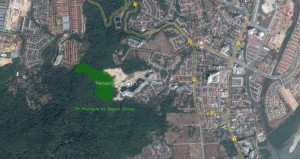
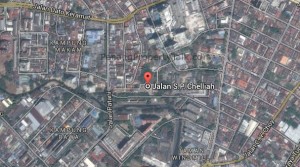
 Bank Negara Malaysia (BNM) raised the overnight policy rate (OPR) by 25 basis points to 3.25% on Thursday, the first time since May 2011 with economists expecting the rate hike to address the potential rise in financial imbalances.
Bank Negara Malaysia (BNM) raised the overnight policy rate (OPR) by 25 basis points to 3.25% on Thursday, the first time since May 2011 with economists expecting the rate hike to address the potential rise in financial imbalances.